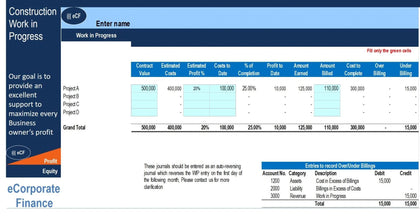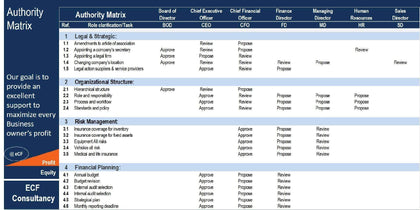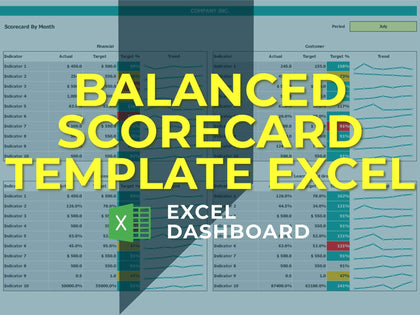Multiple rounds Cap Table including Safe, pro-rata rights and Management Option Pool
This best practice allows you to calculate the capitalization (cap table) of your company after several successive funding rounds with the possibility to include 1) SAFE (simple agreement for future equity) and SAFE conversion, 2) Pro rata rights given to SAFE holders 3) the creation of a Management pool option.
For an even more advanced tool, I have built a model offering different deal structures for the conversion of the SAFE and the creation of the management pool which allows to test the dilution impact of each structure
This model will allow you to assess and understand the dilutive impact of SAFE conversion and Stock Options conversion and of multiple rounds of fundraising. This cap table model assumes that SAFE convert before Management Pool Option is created and that Seed round investors are NOT diluted by SAFE conversion and by shares issued for Management pool (ie. this is equivalent to say that new investors will invest on a fully diluted basis. This is very common market practice as you would not expect an investor to agree be diluted at time of investment.
The model also assumes that at time of exit all shares from the Management Option Pool have been allocated.
This model allows you to simulate 1 SAFE round, 1 Seed round with the creation of an option Management pool and 1 Series A round. For Seed round and Series A round, you have the possibility to model both capital raise and shares bought out / sold between existing shareholders. The model ends with a recap of cash flow by shareholders and gives return on investment metrics (IRR and Investment Multiples)
All the input of the model are colored in grey. All the other cells not colored in grey are automatically calculated. "Check" cells throughout the model should all be equal to 0.
I have also included notes throughout the whole model where I thought useful to give indication / explanation to the user of the model.
I have included 3 tabs with similar model to allow you to easily test and compare 3 different scenario.
As a bonus tab, I have included a model that demonstrate the difference in terms of value distribution between i) issuing shares to constitute a Management Option Pool and grant Management options to purchase these shares at a given strike price and ii) granting Management option to purchase shares from existing shareholders at a similar strike price.
I



























